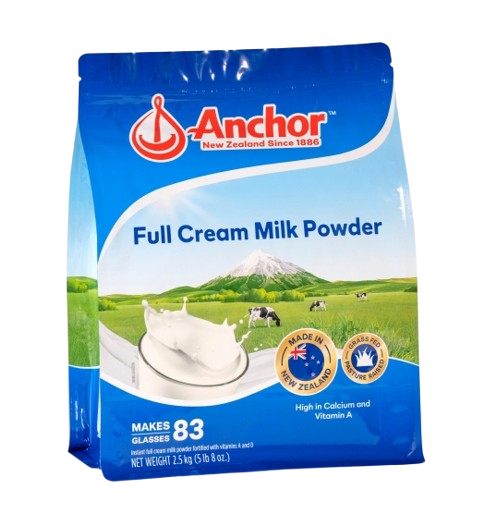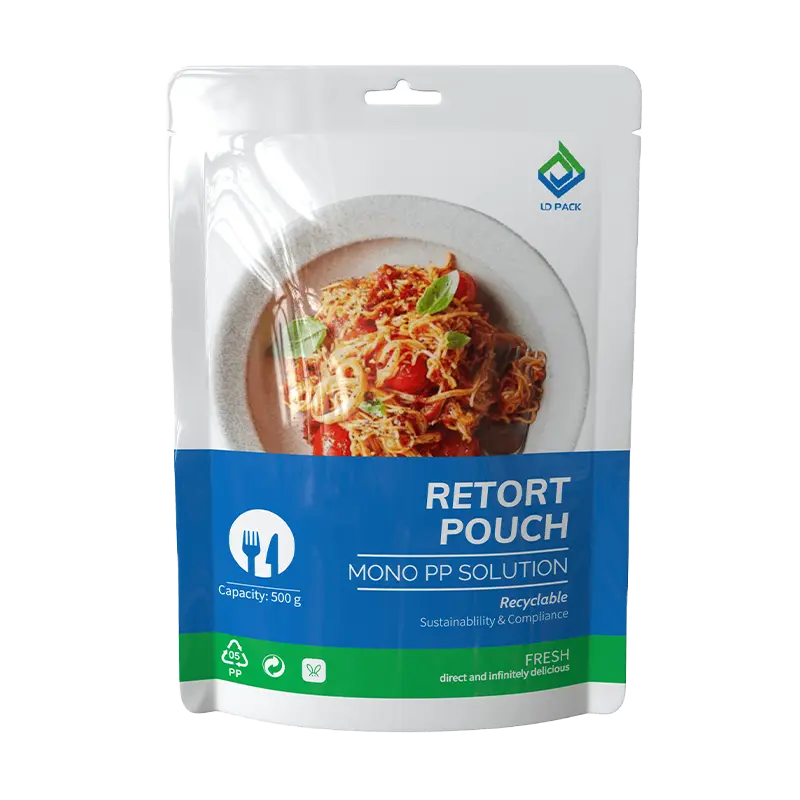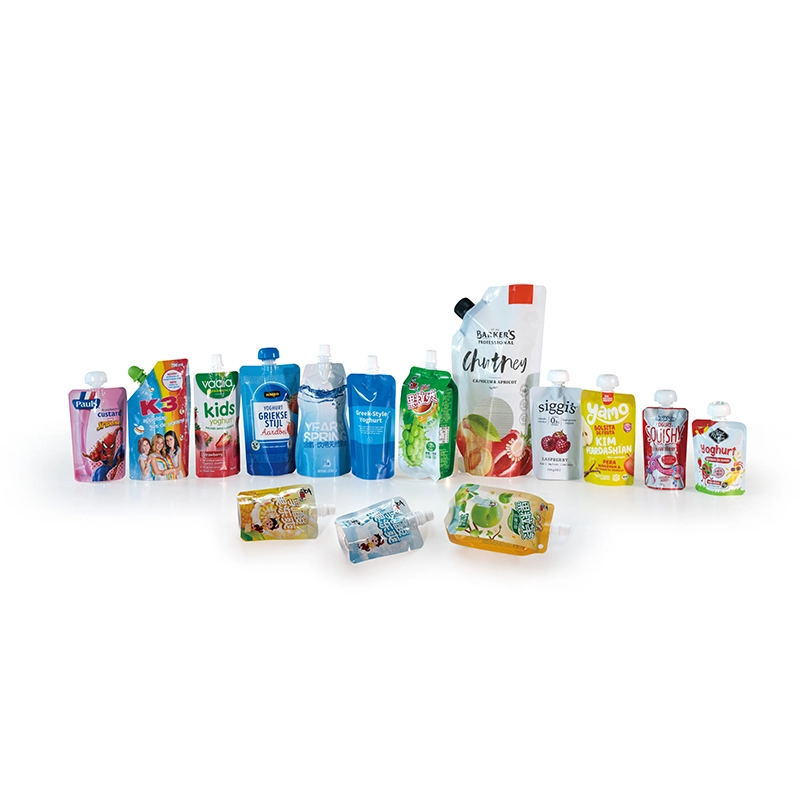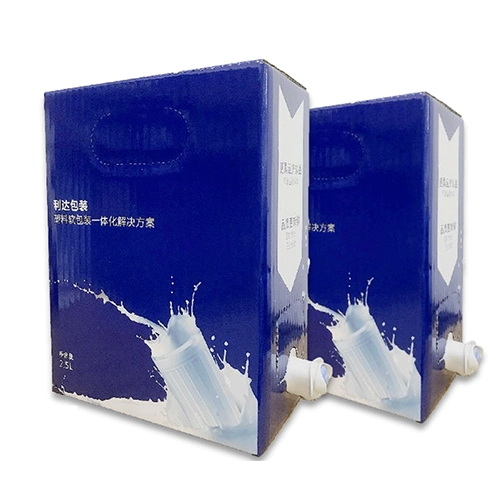Causes Analysis of Seal Failure
Seal failure occurs when certain factors prevent the areas that should have been joined through heat sealing from properly bonding. The common causes of seal failure are as follows:
1. The heat sealing temperature is insufficient.
During the pouch-making process, variations in the thickness of the laminated film are the primary factor influencing the sealing parameters of the pouches.For the same batch of products, assuming a thickness deviation of ±10%, with a standard thickness of 80 µm, the composite film thickness would range from 72 µm to 88 µm, with a maximum deviation of 16 µm. This inevitably creates challenges in controlling the sealing parameters. Sometimes, the sealing works well with one roll of film, but after switching to anotherroll, local seal failures occur. This issue can also happen within the same roll of film. The increase in thickness adds to the heat transfer process, requiring more time or a higher temperature to achieve the same sealing temperature.It also affects the unevenness of pressure, especially when the thickness is greater at the edges and thinner in the middle, leading to lower sealing pressure at the center. Therefore, during production, temperature and pressure settings should be slightly adjusted toward the upper limit while maintaining quality control. Of course, the most important factor is to keep the laminated film thickness deviation within the allowable range.
The most reliable method for checking local seal failure is to take samples at the lowest temperature point within the temperature range. Samples should be taken continuously to ensure that the sample sufficiently covers all areas of the mold, both longitudinally and transversely.
2. Issues related to equipment and operation
For example, heat seal defects can result from foreign materials being trapped, inadequate sealing pressure, uneven mold surfaces leading to localized pressure imbalances, temperature inconsistencies across the sealing mold, or misalignment during mold installation.
3. Problems with the packaging materials
For example, inadequate heat sealing caused by factors such as the corona-treated side being sealed or an excessive amount of slip agent in the sealing layer.

4. Structural seal failure
In areas with sudden changes in thickness, such as side seals, back seals, or bottom gusset bags, seal failure can occur due to insufficient resin fusion. This issue is commonly seen at the four-layer section of the back seal or at the overlap between the side seal and top seal, where the heat-sealed area is separated by three layers of laminated film. For example, in an OPP//CPP laminated structure, the large shrinkage rate and poor heat resistance of the material, combined with the high minimum sealing temperature required, make it difficult to achieve a proper seal in these areas. The variation in thickness can lead to seal failure. To prevent this, increasing temperature and pressure or applying localized reinforcement methods can help resolve the issue.




